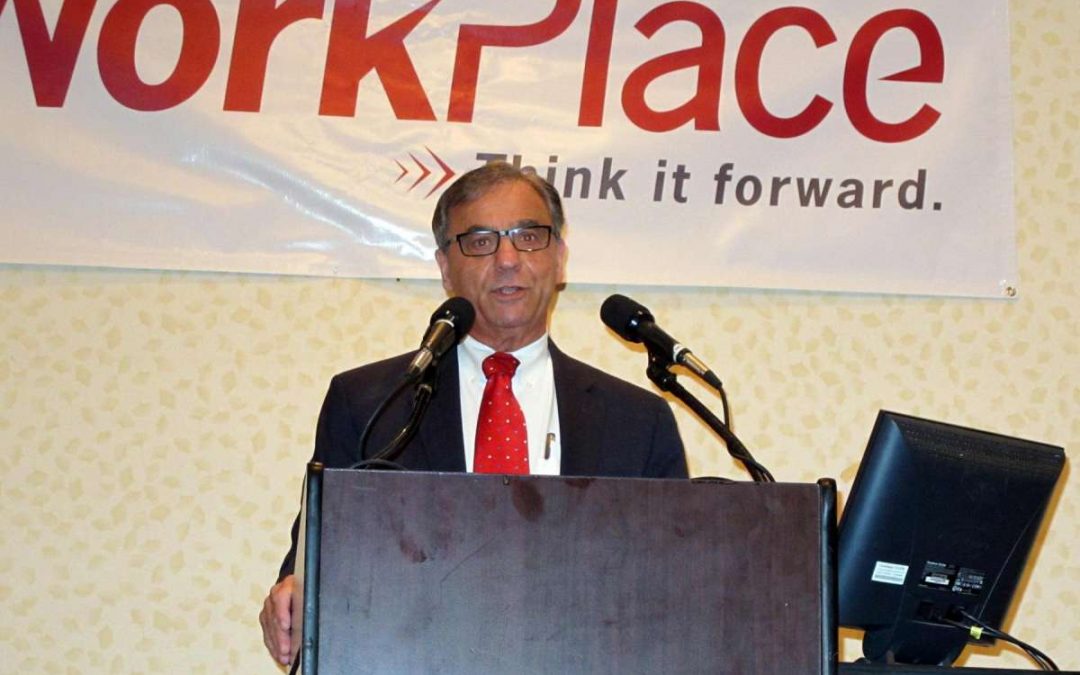By Joseph Carbone, Pres/CEO, The WorkPlace. CT Post Dec 18 2020.
Long-term unemployment has an official definition — exhausting six months of unemployment benefits and remaining unemployed. It’s perfect language for statisticians, it’s quick data and few will demand more.
But this definition fails to identify the fundamental disparities between traditional and long-term unemployment. It is the mind, it’s discrimination, it is depression, it’s family pressure, it’s health, it’s financial and it’s an insidious market dynamic that will declare them high risk and tainted because of the duration of their unemployment. When labor data is reduced to coordinates on a graph, the direction is unmistakable and looking very familiar — the “Great Recession.”
On Dec. 4, the U.S. Department of Labor reported the number of long-term unemployed increased by 385,000 to 3.9 million and accounted for 37 percent of the total unemployed. Low-wage and less-educated workers have been hit harder than other groups. In the November data, 58 percent of Connecticut unemployment filers were individuals earning less than $35,000 a year. Nearly 40 percent of applicants came from service industries such as food services, health care and social assistance, and retail. Many workers have already given up. Last month, the number of adults not in the labor force rose by 560,000 nationwide and 3.7 million Americans have seen their jobs fold permanently as employers closed operations.
Recessions take time to build, which gives us time to prepare. But the COVID-19 job losses were abrupt, and there is no contextual playbook to help us recover them — or is there? There are over 180,000 Connecticut residents at risk of losing their benefits over the next several months. During the Great Recession it took over three years for 140,000 residents to exhaust their benefits. As distasteful as it is, we should look back to that period and learn; it may be the only contextual playbook we will need. So, what can be done?
With the support of Gov. Ned Lamont and the state Legislature, The WorkPlace created Platform to Employment, or P2E, a working solution that bridges the divide to opportunity and employment. Since its inception, over 80 percent of P2E graduates found employment with Connecticut organizations. Over 1,400 unique employers have hired P2E graduates with an average annual wage of nearly $50,000.
In response to the COVID-19, The WorkPlace launched P2E 2.0 which addresses the unique challenges faced by folks whose job loss is solely due to the pandemic. P2E 2.0 provides a three-tiered approach to support job-seekers. In an online class setting, led by live instructors, it provides mentoring, behavioral health services, career counseling on the new world of work, training on telework opportunities, access to occupational skills training, support services, financial counseling and job placement assistance.
P2E 2.0 graduates have gotten hired during the pandemic. A recent P2E 2.0 pilot placed over 90 percent of participants in employment. Addressing barriers to employment caused by the pandemic is the single focus of this bold, new online initiative. Explore P2E at www.workplace.org or www.platformtoemployment.com and you will see that it is transformative, respected by employers and has enabled Americans coast to coast to get back their lives and careers. The long-term unemployed are not responsible for COVID-19 and we must help them to get beyond it. That is the American way and the Connecticut way.
Joe Carbone is president and CEO of The WorkPlace, which is based in Bridgeport.
https://www.ctpost.com/opinion/article/We-can-beat-long-term-joblessness-15813630.php

